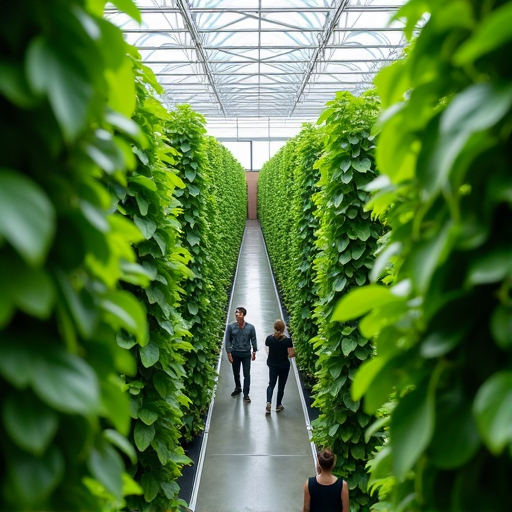
Vertical Farming: A Modern Solution to Food Security
Vertical farming, the practice of growing crops in vertically stacked layers, has emerged as a promising solution to global food security challenges. By utilizing controlled-environment agriculture and soilless techniques like hydroponics, vertical farms can produce crops year-round, independent of weather conditions. This method, popularized by Dickson Despommier in 1999, has seen applications worldwide, from Singapore to Chicago, with yields up to 10 times higher than traditional farming.
Pros of Vertical Farming
One of the most significant advantages of vertical farming is its ability to maximize crop yield on minimal land. This is particularly beneficial in urban areas where space is limited. Additionally, vertical farms are less susceptible to weather disruptions, ensuring consistent food production. The controlled environment also reduces the need for pesticides, making crops healthier and safer. Furthermore, vertical farming promotes biodiversity conservation by minimizing land disruption.
Cons of Vertical Farming
Despite its benefits, vertical farming faces several challenges. High initial setup costs and energy demands, particularly for LED lighting and climate control, make it economically unviable for some. The reliance on non-renewable energy sources could also offset its environmental benefits. Moreover, vertical farms are currently limited to growing high-value crops like leafy greens, leaving staple crops like grains and tubers out of reach.
The Future of Vertical Farming
While vertical farming is not yet ready for mass-scale adoption, advancements in renewable energy and automation could address its current limitations. As cities grow and arable land shrinks, vertical farming may become a cornerstone of sustainable urban planning.
